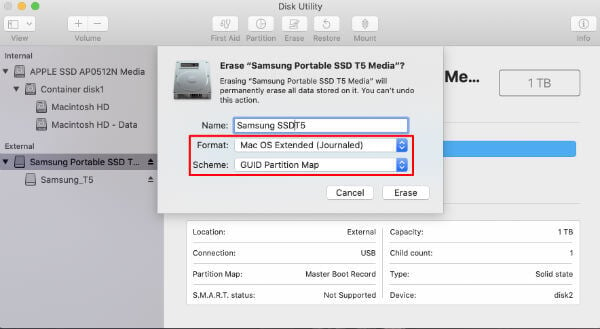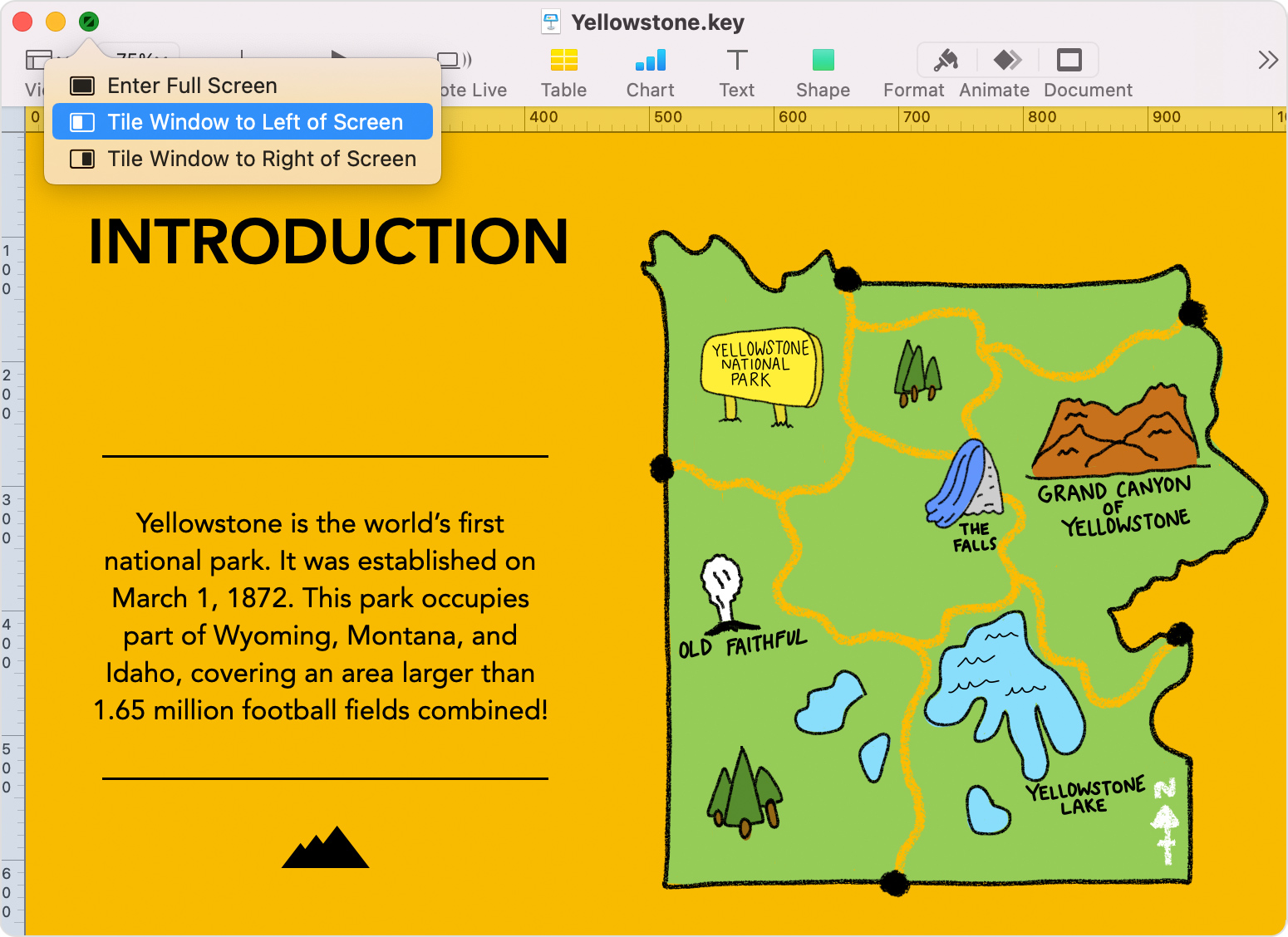

- #What format can i use for both windows and mac how to#
- #What format can i use for both windows and mac mac os#
- #What format can i use for both windows and mac software#
- #What format can i use for both windows and mac Pc#
#What format can i use for both windows and mac mac os#
In fact, when it comes to working with FAT32 partitions, Mac OS can do something natively that Windows cannot: MacOS can format FAT32 partitions larger than 32 GB. That feature helps keep my tool kit a little lighter and my life a little simpler.
#What format can i use for both windows and mac software#
Since Macs can read and write to FAT32 partitions, * I can keep software and utilities for both operating systems on a single drive. There are a few features in the MacOS that I rely on to make my double life a little easier, one of those being the built-in support Apple computers have for Windows volumes. I support both Macs and Windows machines, so I spend a lot of time running between systems. Read on, support pros, and save yourselves from future headaches. Avoiding the same problem is easy once you have an understanding of how Apple's formatting tool works. Find that file on the external drive, and bingo you are up and running.A quirk in the Apple Disk Utility allowed me to create a FAT32 volume that would not mount in Windows. So all you need to do is connect that device to the new Mac, click on the exclamation mark (!), and chose Locate File. I, for example, tend to keep my originals on external devices as opposed to my internal hard drives. All that means is that you need to reconnect that image in your catalog to its source file. On a side note, if you see a little exclamation mark by the images in your catalog, have no fear. Yep. It was really that easy. Not sure why it took me so long to do that. Step 4: Open Lightroom and Open the Catalog So, you can save yourself time and headache by copying both.Ĭopy these to a jump drive, a cloud drive, or whatever other method you desire.

You don't technically have to copy the preview folder if you don't want to, but doing so will prevent the destination Mac from having to recreate the previews in the future.

The file for the catalog itself will end in. Step 3: Copy Both the Catalog File and the Previews Step 2: Open the Folder Containing the Catalog
#What format can i use for both windows and mac Pc#
Step 1: Figure Out Where Your Lightroom Catalog Lives on Your PC As it turns out, it's actually not really all that difficult.
#What format can i use for both windows and mac how to#
I was sure I could figure it out, but, being a scaredy cat, I was also pretty positive that I would screw up my precious catalog in the process.īut as I do more and more jobs on location out of town, and my office PC begins to slow down, I finally decided to try and figure out how to move my catalog from my PC onto my Mac. I was a bit intimidated by the process in truth. Sure, I had Lightroom installed on my Mac as well, but I never really used it. It should be noted here that this ever vital asset has always lived exclusively on my PC desktop. It holds the key to my digital life over the last decade and contains, at the moment, just north of a quarter-million images. It's been with me from the learning phase all the way through the making a living phase. Lightroom is the tool I have used to organize and catalog my images ever since the beginning of my career. This was especially important when it came to working with one of my most important assets: my Lightroom catalog. Not only does it allow me to communicate with my clients in real time, it also gives me a better view of what I am actually creating and the gives me the confidence to walk off set knowing for sure that I have the shot.īut, while tethering to my Mac allowed me to move my photography forward leaps and bounds, my understanding of how Macs handle files was somewhat limited. Tethering allowed my work to move forward tenfold. With Mac being pretty much the standard among my commercial clientele, I invested in a MacBook Pro, loaded it with Capture One, and never looked back. I can get my point across but it takes a second to do the translation in my head before I can find the correct words.Īs my career developed and I moved from shooting for fun to shooting for profit, I also moved away from the small display on the back of my camera to shooting tethered to a laptop at least 99 percent of the time. But working on a Mac for me is a bit like speaking a second language. That's not to say that Macs are particularly complicated. Having spent many, many years, including my early photography years fully inside of a Windows environment, using a PC is pretty much second nature to me. For any of you out there who are like me and move between PC and Mac for your workflow, or those who are considering migrating your workflow completely from the Windows world to the Mac environment, here is a simple step-by-step guide for moving over your most important asset.


 0 kommentar(er)
0 kommentar(er)
